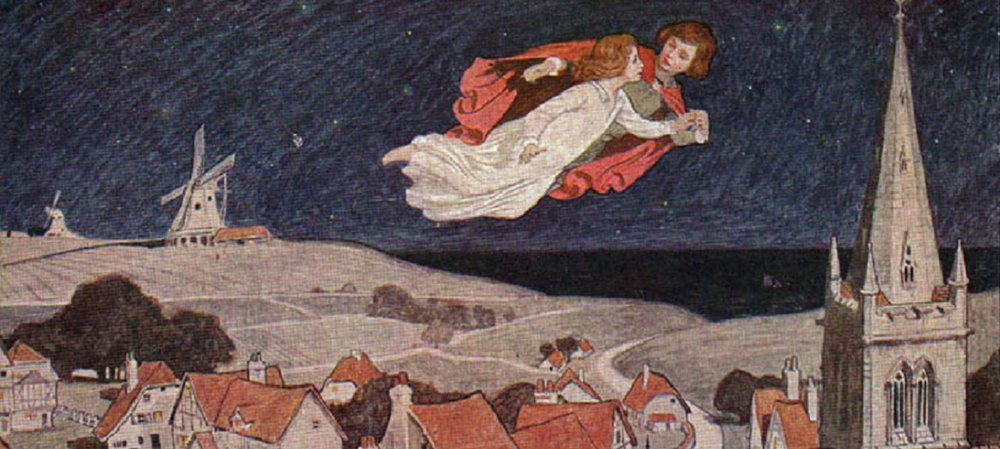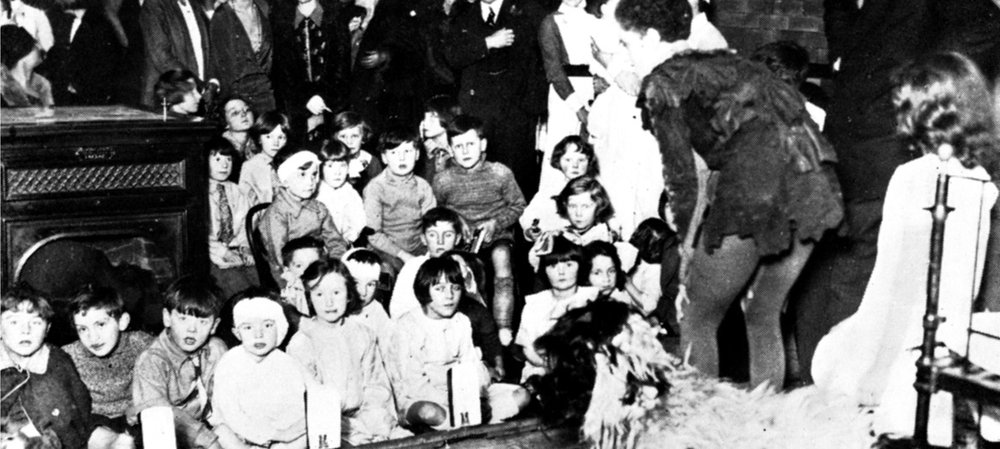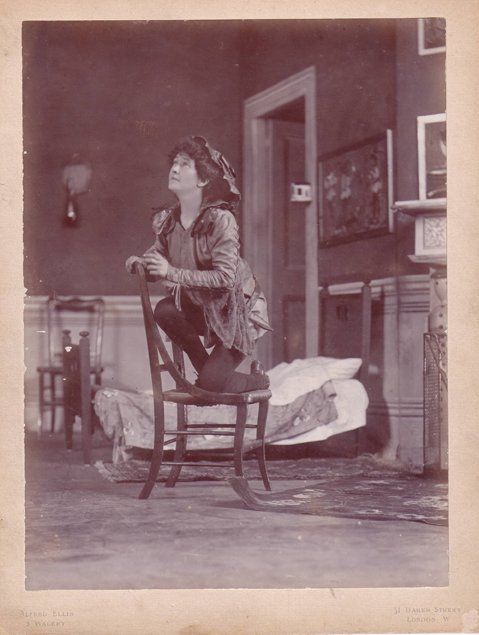The history of Peter Pan and Great Ormond Street
Discover more about JM Barrie, the man who created Peter Pan, the children that inspired him, and how Barrie's legacy lives on in Great Ormond Street Hospital.
“Second to the right, and then straight on till morning”
Who wrote Peter Pan?
James Matthew Barrie was born in Kirriemuir, Scotland, on 9 May 1860. His father was a handloom weaver and James was the ninth of ten children. After graduating from Edinburgh University, he moved to London to seek his fortune in the world of literature and theatre. His first lodgings were in Grenville Street, behind Great Ormond Street Hospital (GOSH). It was this house that became the inspiration for the Darlings’ family home in his famous novel Peter Pan. In 1894, he married the actress Mary Ansell.

Creating Peter Pan
In 1897, Barrie met and befriended the Llewelyn Davies family and he soon became a favourite with the five boys: George, Jack, Peter, Michael and Nico. It was the Llewelyn Davies boys who provided the inspiration for Peter Pan. Barrie later wrote: “I made Peter by rubbing the five of you violently together, as savages with two sticks produce a flame. That is all Peter is – the spark I got from you.”
When was Peter Pan written?
Peter first appeared in a chapter of The Little White Bird, published in 1902, entitled Peter Pan in Kensington Gardens. It told the story of how baby Peter came to Kensington Gardens and learned to fly. Barrie then wrote the stage play of Peter Pan and the first production opened at the Duke of York’s theatre in London on 27 December 1904. It was a phenomenal success. Barrie wrote the novelisation of his play in 1911, published under the title Peter and Wendy. It was an instant bestseller and has never been out of print.
JM Barrie and GOSH
In 1929, with the popularity of both the play and the novel firmly established, Barrie unexpectedly and generously gifted his copyright of Peter Pan to GOSH.
Barrie had already supported GOSH over many years and in 1929 he was approached to sit on a committee to help buy land, so that the Hospital could build a much-needed new wing. Barrie declined but said that he ‘hoped to find another way to help’. Two months later, the Hospital board was stunned to learn that Barrie had donated all his rights for Peter Pan to GOSH. At a Guildhall dinner later that year, Barrie explained the impetus for his gift: “At one time, Peter Pan was an invalid in the Hospital… and it was he who put me up to the little thing I did".

Through this gift, Peter Pan’s magic made an unprecedented leap from the realm of fiction into reality and the hospital began to receive royalties every time a production of the play was on, as well as from the sale of Peter Pan books and other products. Barrie requested that the amount raised for the hospital from Peter Pan never be revealed, and GOSH has always honoured his wishes.
In recognition of JM Barrie’s unprecedented generosity, and the exceptional work of the Hospital itself, the House of Lords sprinkled more fairy dust over GOSH in 1988, by voting overwhelmingly for a special clause in the UK’s Copyright Designs & Patents Act. This amendment gives the hospital the right to a royalty from Peter Pan in perpetuity.
Thus, for over 80 years, the story of Peter Pan and his battle against arch-enemy Captain Hook has enchanted children and adults alike, and continues to benefit the seriously ill children who come to GOSH for life-saving treatment every day.
When was the first Peter Pan play staged?
The original stage production of Peter Pan took place at the Duke of York Theatre in London, on 27 December 1904.
It starred Gerald du Maurier as Captain Hook (doubling up as Mr Darling) and Nina Boucicault as Peter.
Following the success of his London production, Barrie's producer, Charles Frohman, took it to Broadway in New York in 1905 where Maude Adams took on the role of Peter Pan for over ten years.
It was still traditional in the early 20th century for the part of young boys to be played by a woman, although the tradition is gradually being lost, with male actors being cast as Peter Pan in modern productions.
Tinker Bell was represented by a darting light and voiced by bells - although "Jane Wren" was listed in the original productions as the actress playing Tink. This was a joke which fooled HM Inspector of Taxes who sent Miss Jane Wren a tax demand!

Nina Boucicault as Peter Pan in the first stage production.
Peter Pan on screen
The story of Peter Pan has been brought to the screen many times, starting in 1924 with Paramount’s silent movie, followed by Disney’s 1953 animated film. Most recently, UK company Headline Pictures’ were the first to put the hospital at the heart of the story itself. Their re-imagining of JM Barrie’s work, which won the 2016 International Emmy Award for Best Kids TV Movie, interweaves the original tale with a modern day storyline set partly at GOSH.
Staging a Peter Pan production?
If you're looking to stage a production of the play (or adaptation) in a theatre or school in the UK or US, contact our theatre agents.
